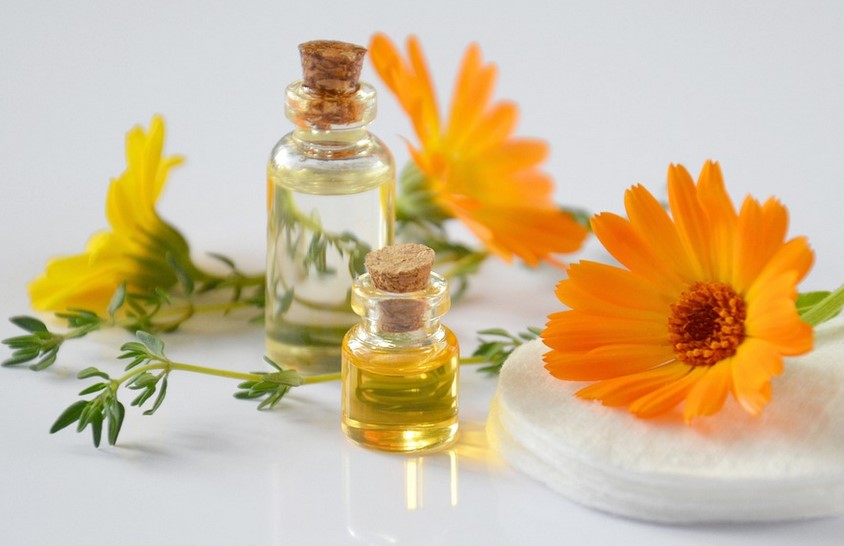Introduction
Confederate Jasmine is a popular plant known for its fragrant white flowers and glossy leaves. It’s a versatile plant that can be grown in many different settings, and it’s easy to care for. In this article, we’ll provide you with all the information you need to care for your Confederate Jasmine plant.
Lighting Requirements
Confederate Jasmine thrives in bright, indirect light. It can also tolerate some direct sunlight, but it’s important to avoid exposing the plant to too much direct sunlight, as this can cause the leaves to burn. If you’re growing your plant indoors, make sure it’s placed near a window where it can receive plenty of natural light.
Watering Requirements
Confederate Jasmine prefers to be kept moist but not waterlogged. Water your plant when the soil feels dry to the touch, but be careful not to overwater it. Overwatering can cause the roots to rot and can lead to the plant’s demise. If you’re growing your plant in a container, make sure it has good drainage to prevent water from accumulating in the soil.
Fertilizing Requirements
Confederate Jasmine benefits from regular fertilization. Use a balanced fertilizer once a month during the growing season (spring and summer) to promote healthy growth and abundant blooms. Be sure to follow the instructions on the fertilizer package carefully to avoid overfertilizing, which can damage the plant.
Pruning Requirements
Confederate Jasmine can become quite large if left unpruned. To keep your plant looking its best, prune it regularly. Prune back any dead or damaged branches as soon as you notice them, and trim back the plant’s overall size in the late winter or early spring before new growth begins. This will help to promote healthy growth and ensure that your plant stays within its desired size range.
Pest and Disease Control
Confederate Jasmine is generally pest and disease-resistant. However, it can be susceptible to spider mites, mealybugs, and scale insects. Keep an eye out for any signs of infestation, such as tiny webs or white cottony masses on the leaves. If you do spot an infestation, treat it promptly with insecticidal soap or neem oil.
Propagation
Confederate Jasmine can be propagated from stem cuttings. Take a cutting of a healthy stem in the spring or summer, dip the cut end in rooting hormone, and plant it in a pot filled with moist potting soil. Keep the soil moist and place the pot in a warm, bright location. The cutting should root within a few weeks and can be transplanted to a larger pot or planted outdoors once it has established roots.
Uses
Confederate Jasmine is a versatile plant that can be used in many different ways. It’s commonly grown as a ground cover, as a hedge, or as a climbing vine. It’s also a popular choice for container gardening, and it can be grown indoors as a houseplant. The fragrant flowers and glossy leaves make it a popular choice for landscaping and as a decorative plant.
Conclusion
Caring for Confederate Jasmine is easy and rewarding. With proper care and attention, your plant will thrive and provide you with fragrant blooms and glossy foliage for years to come. Remember to provide it with plenty of bright, indirect light, keep the soil moist but not waterlogged, and fertilize it regularly during the growing season. Prune it back regularly to promote healthy growth and keep it within its desired size range, and be on the lookout for any signs of pest or disease infestation. With these tips, you’ll be well on your way to growing a healthy and beautiful Confederate Jasmine plant.

